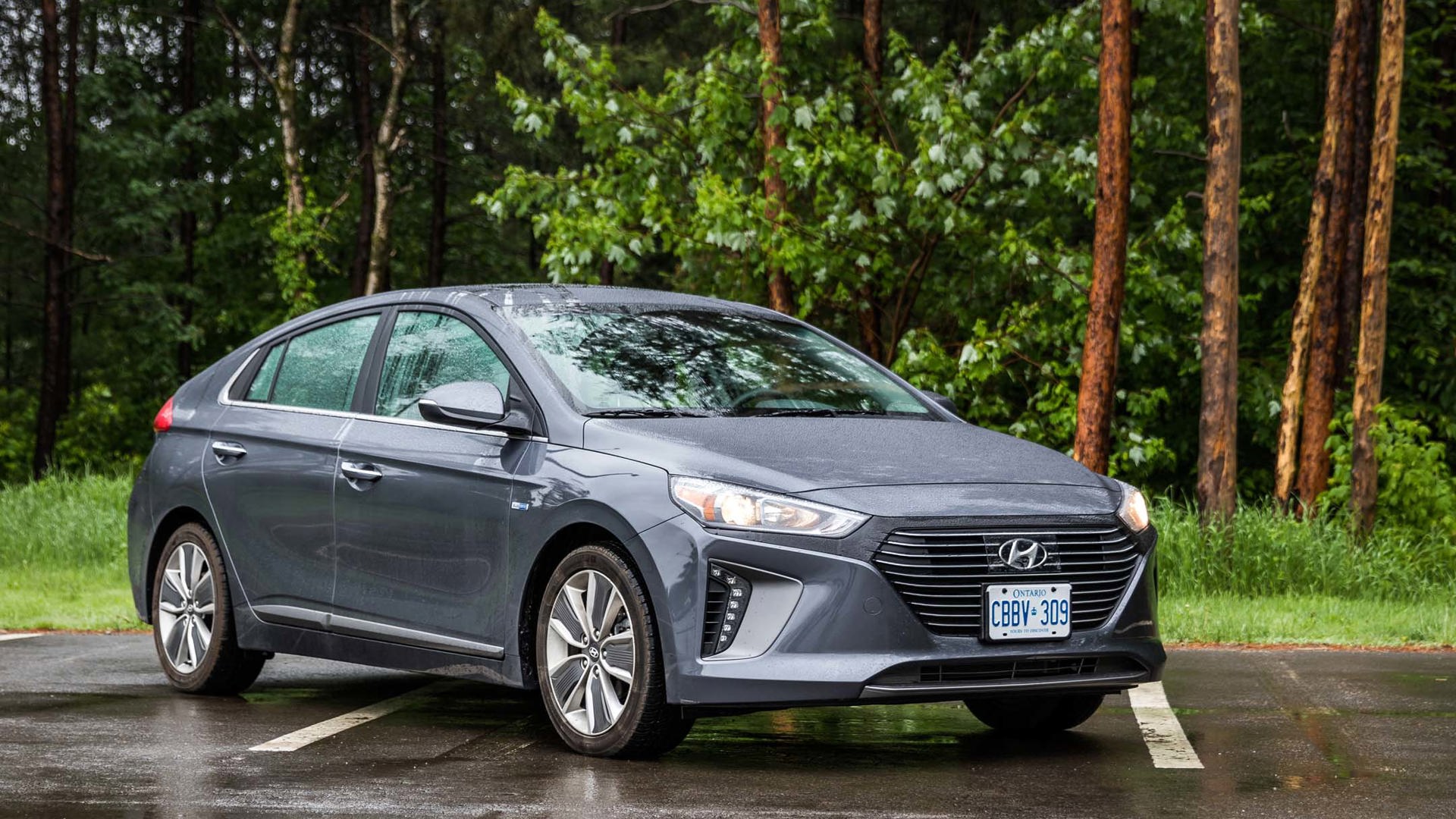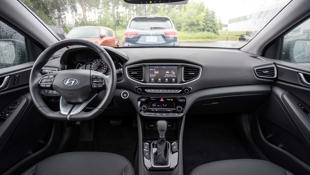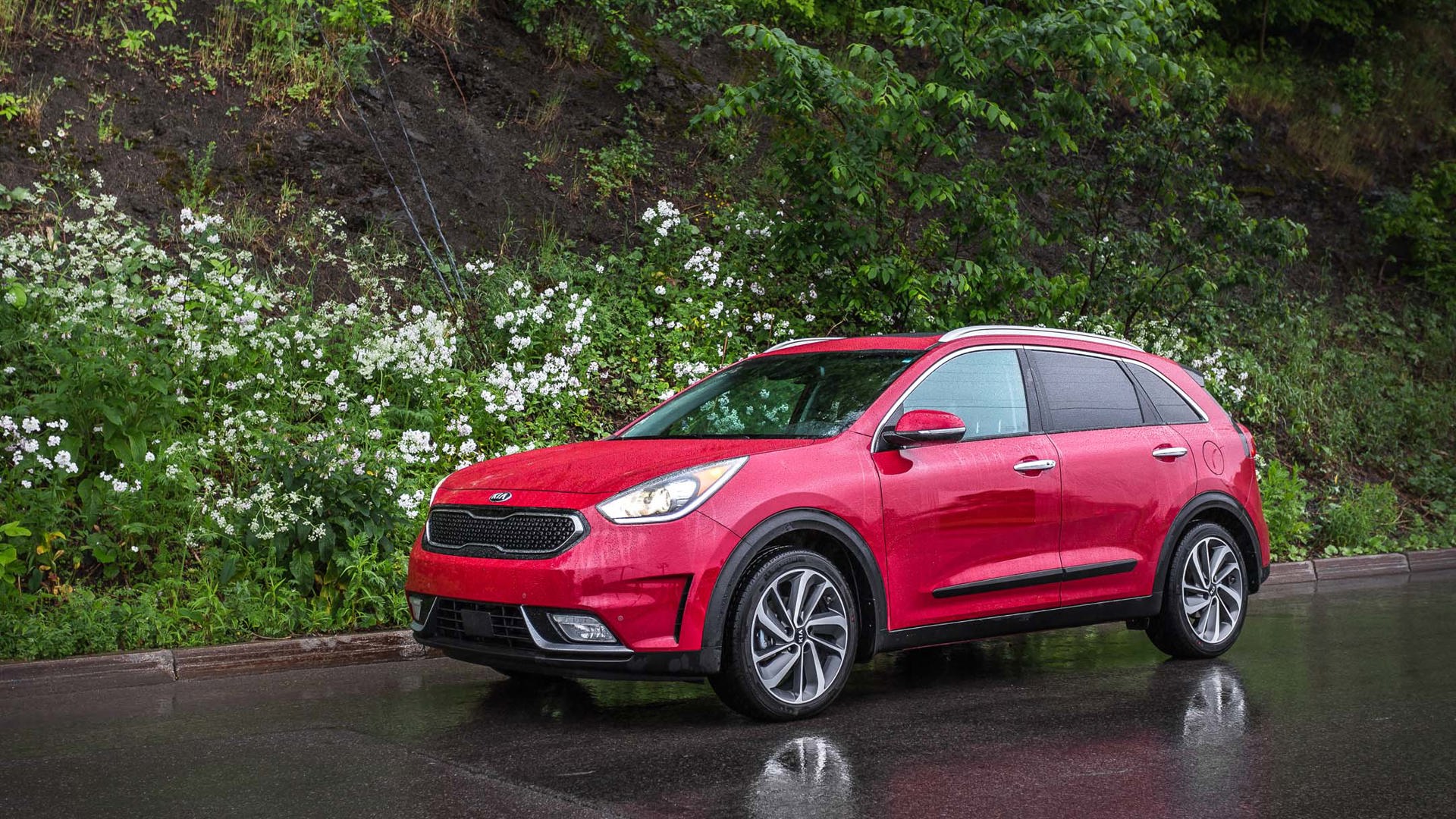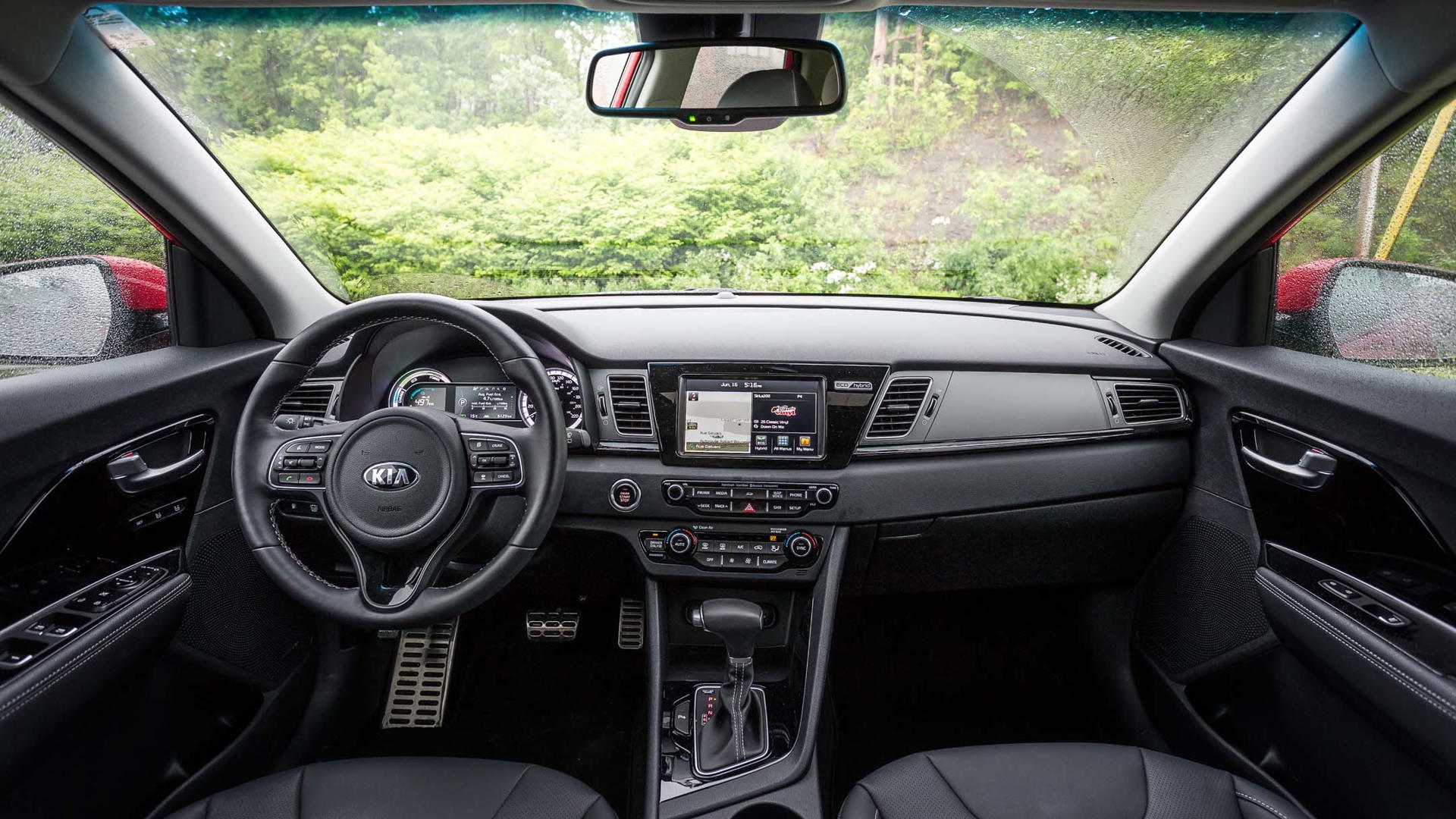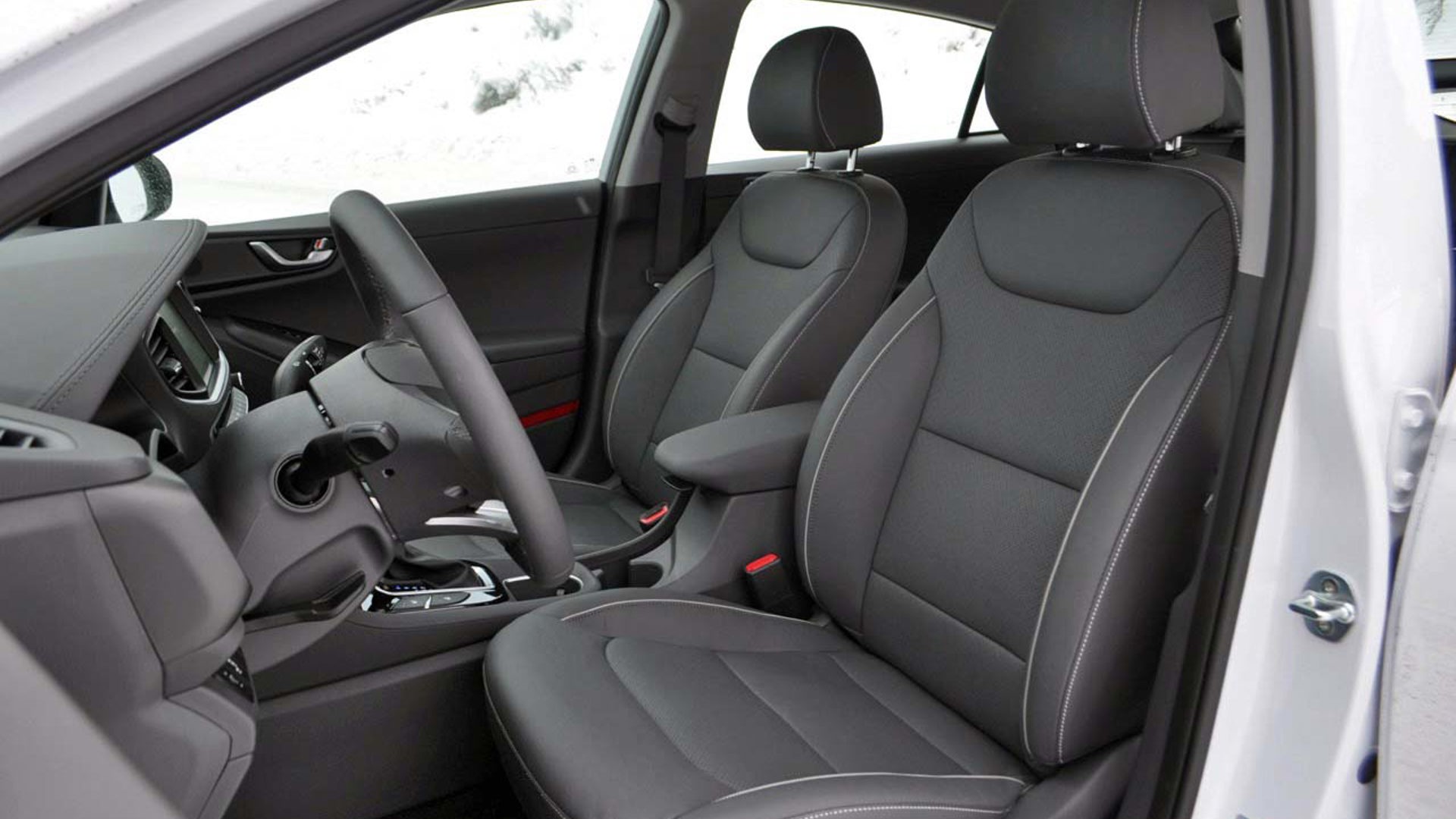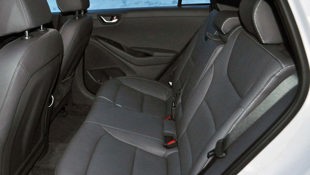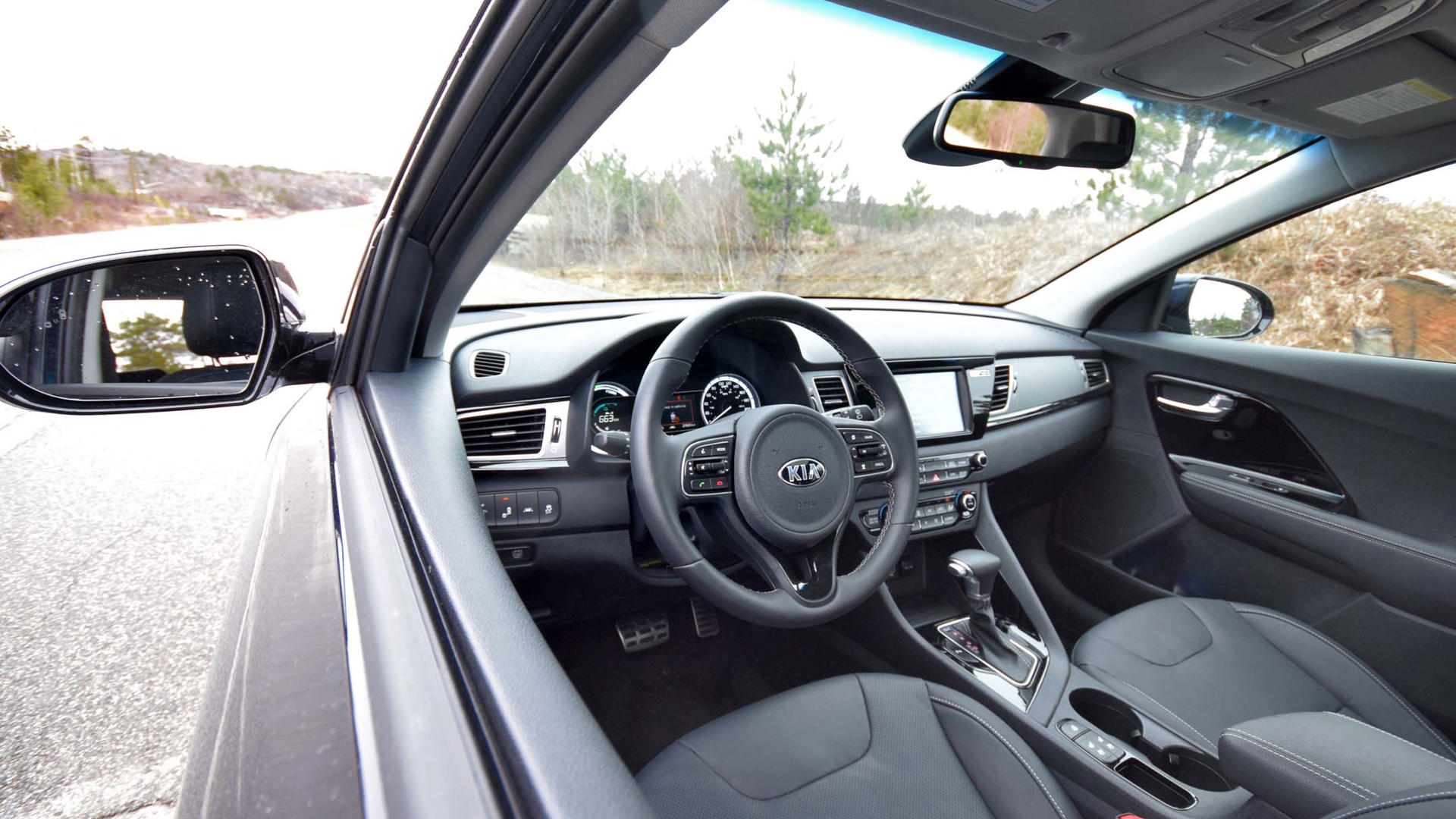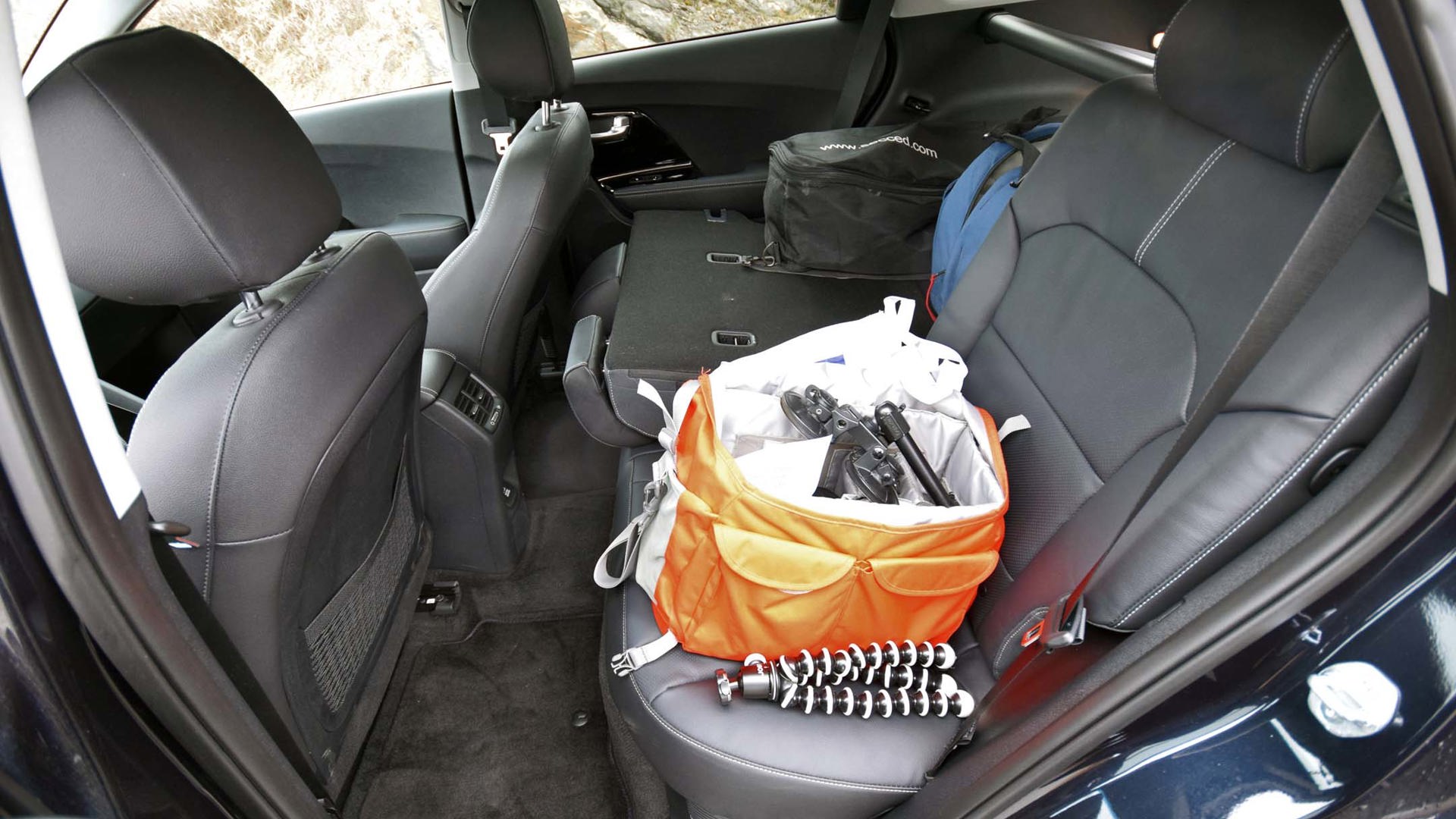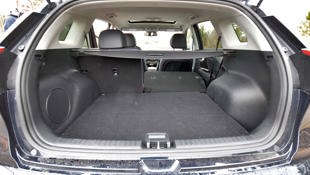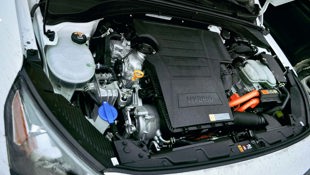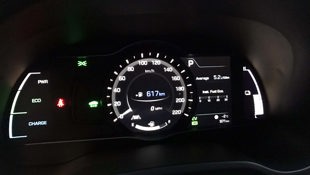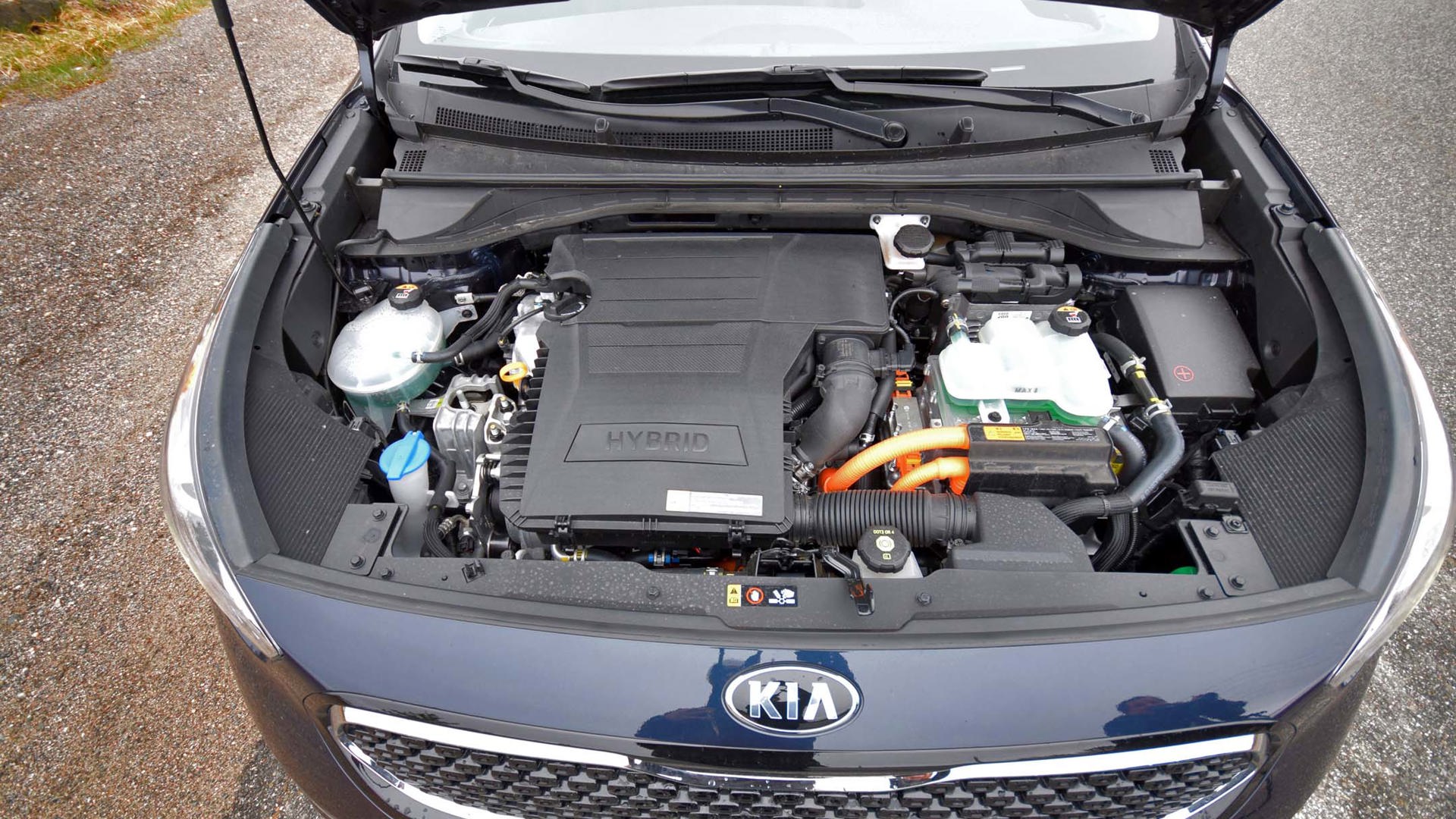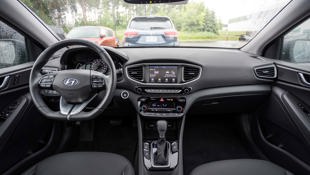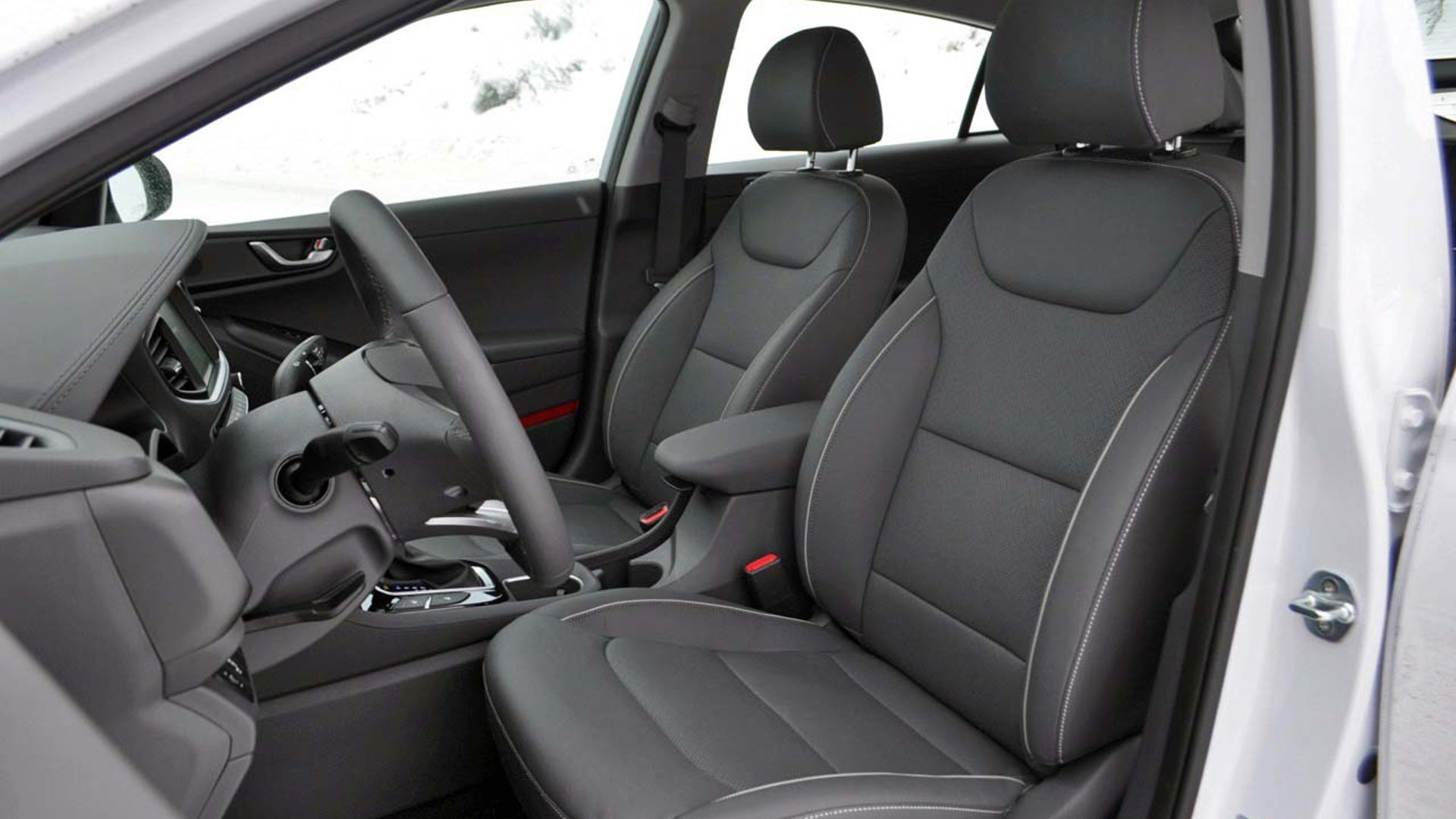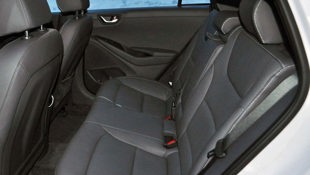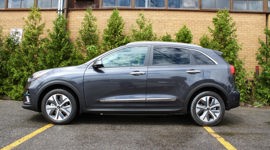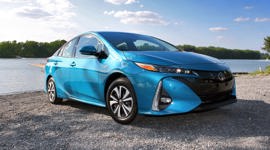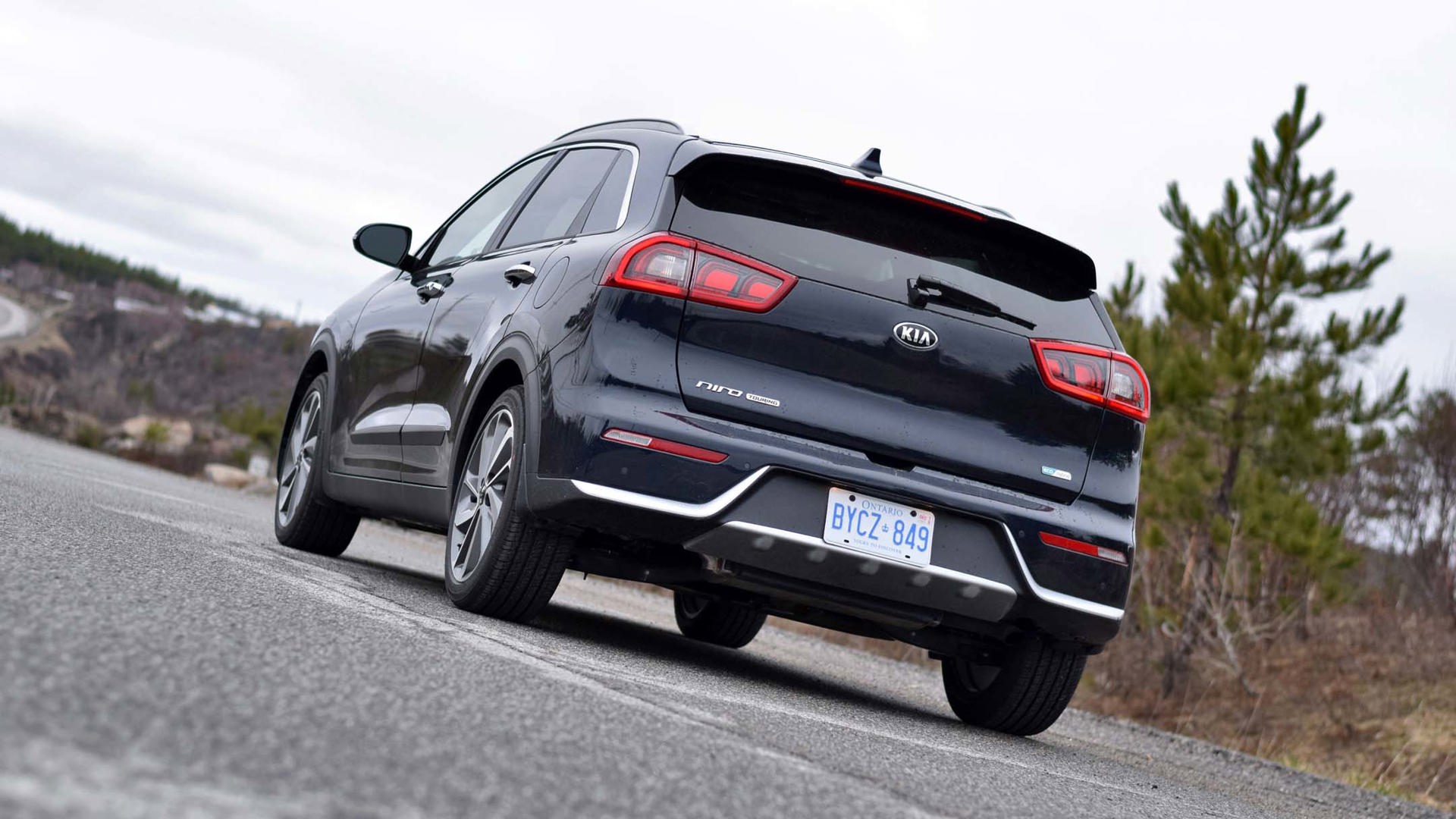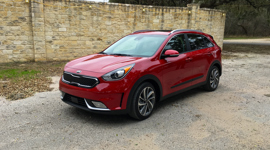Photos by Jordan Lenssen/AJAC
Hyundai and Kia, the two Korean brands that have earned their reputations cramming unreal amounts of features into reasonably priced products, are also both now vying for your environmentally conscious dollars.
In Hyundai’s corner is the Ioniq Hybrid, one of the three powertrain configurations that will eventually be available under the marque’s new Ioniq hatchback nameplate. (The Ioniq EV, like this conventional no-plug hybrid, is already on sale; the plug-in hybrid variant will become available toward the end of 2017.)
In Kia’s corner is the Niro, the brand’s all-new hybrid subcompact crossover. This is the first product to use Kia’s dedicated eco-car platform, and while a plug-in version of the Niro and other products based on the same platform are forthcoming, the conventional hybrid can be found in Canadian dealerships right now.
Both start at a very reasonable price – $24,299 for the Ioniq Hybrid and $24,999 for the Niro – and, as one would expect from these brands, both offer compelling value.
I had a chance to test drive them both at the Automobile Journalists Association of Canada’s 2017 EcoRun, back-to-back in the same conditions, to see which product makes the better case for eco-conscious Canadian customers.
Powertrains
Tie
8/10
The foundation for the powertrains in each of these products is the same: a 1.6-litre direct-injected four-cylinder engine shared between the two brands and specifically designed for hybrid applications, mated with a newly developed six-speed dual-clutch automatic transmission – a refreshing change from the CVTs typically found in cars designed for fuel efficiency. Add on a 1.56 kWh battery in each, and both deliver a net system output of 139 hp.
Drive experience/Fuel economy
Kia Niro
8/10
Hyundai Ioniq
7/10
The Niro has quite a lot to boast about here. I was quickly enamoured by its responsive steering and extremely easy to read gauge cluster, particularly the one that guides the driver through the most efficient acceleration and braking possible and offers excellent information at a glance. The seating position is ideal for my short-limbed build and personal preferences; while in the Ioniq, I didn’t feel I was able to get as close to the pedals as I’d like. The one aspect where I find the Niro to be weaker is in handling – its higher centre of gravity makes it feel a smidge less steady through winding curves – but the trade-off to that is its better ground clearance of 16 cm to the Ioniq’s 13.5 cm, which is the difference that’s more likely to sway Canadian buyers.
That said, despite the fact that I found the energy recovery gauge harder to interpret in the Ioniq, I did find it delivered better fuel economy in this real-world test overall. Over the entire length of the Ottawa–Quebec City event, the Ioniq showed a consumption of 4.4 L/100 km (its official NRCan rating is 4.3 city and 4.4 highway in higher trims, 4.2/4.0 in base trim); for the Niro, it averaged just a slightly worse but still admirable 4.8 L/100 km (notably better than the official 5.1/5.8 city/highway NRCan ratings for the top-line Niro Touring).
Keep in mind that both of these were driven extremely cautiously throughout the event – thanks in part to a “green jersey” award given to the most fuel-efficient driver – so though these are real-world results, they represent a close-to-best-case scenario. Weight may be a factor in the Niro’s slightly worse fuel economy – the Niro’s curb weight comes in at 1,434 kg to the Ioniq’s 1,412 kg (both are lighter in lower trims) – but this also comes down to drag: the Ioniq shows an impressive drag coefficient of 0.24 as opposed to the Niro’s 0.29.
Styling
Kia Niro
8/10
Hyundai Ioniq
7/10
Putting aside entirely for the moment that Canadians are madly in love with crossovers right now, the bigger concerns to my eye are the ways in which the Ioniq mimics Toyota’s polarizing Prius styling. It does have a more conventional car grille and shape, making it less spaceship-like and therefore more appealing for those who don’t want to announce their car’s hybrid powertrain to the world. Yet it picks up on the Prius’s split rear window design, which I find more distracting than useful. The Niro, on the other hand, looks just like any other subcompact crossover on the road, with its standout features coming in the more conventional form of Kia’s signature tiger nose grille and angled headlamps. It’s an attractive vehicle that buyers would be drawn to regardless of the powertrain within.
Inside, you’ll have to search harder to find significant differences. The Niro’s centre stack is more driver-focused with its elements leaning to the left and an asymmetrical design below the gear lever, which may appeal to some buyers while turning off others. Unsurprisingly, and true to crossover form, the Niro has more interior height than the Ioniq at 101.8 cm of headroom in the front and 99.3 cm in the rear as opposed to the Ioniq’s 99.3 and 94.9 respectively.
Storage
Kia Niro
7/10
Hyundai Ioniq
8/10
On sheer storage volume, the Ioniq has the Niro beat, holding 750 L behind its rear seats to the Niro’s 550 L. The Ioniq’s rearward space isn’t quite as easy to access as its floor sits slightly lower than the base of the liftgate, requiring more of a lift and drop to place items into than the Niro’s loading floor that lies more flush with the bottom of the door lip. However, this is a subtle difference that isn’t likely to be enough to sway space-motivated buyers.
Infotainment and connectivity
Tie
8/10
The functionality of the systems in each of these cars is more or less the same, which isn’t a surprise given that this technology is shared between these two brands. Both have intuitive interactivity with desirable features such as current-song recording on favourited Sirius XM channels as well as Apple CarPlay and Android Auto compatibility. The only notable difference between the Ioniq and Niro is in the layout on their centre stacks; the more driver-centred design in the Niro puts the buttons and dials on the far right within closer reach of the driver than those of the Ioniq.
Other features
Kia Niro
8.5/10
Hyundai Ioniq
8/10
Both Korean brands are known for cramming immense amounts of feature value into their cars, and these hybrid products continue that trend without compromise. In their entry-level trims you’ll get heated front seats, power heated side mirrors, and Apple CarPlay and Android Auto functionality among other features. Jump up to the top trims in each of these, which were the ones we tested at EcoRun – or, for some features, an intermediate trim – and you add on a power sunroof, heated rear seats, and safety features like blind-spot detection, rear cross-traffic alert, autonomous emergency braking, and lane-departure warning.
One notable difference is in available tire sizing. The base wheels in the Ioniq are 15 inches with 17-inch wheels available on the Limited trims; on the Niro the base wheels are 16 inches with 18-inch wheels available only at the top SX trim. The Niro is also the only car in this match-up with a standard heated steering wheel (the Ioniq requires a step up one trim level) plus available ventilated front seats, a wireless phone charger, and an available Harman Kardon sound system.
The verdict
Kia Niro
47.5/60
Hyundai Ioniq
46/60
In the end, this is a tight match-up that comes down in many ways to personal preference. Larger families with a greater need for storage will tend to lean toward the Hyundai Ioniq. For my money, though, I’d be looking at the Kia Niro. Its higher ground clearance and larger wheels would make it a better performer in Canadian winters; it does a little better in terms of feature offerings; its gauges are set up for better driver feedback; and I prefer its overall styling and size for city living. I also found it a lot more fun to drive and to spend time in, which in my opinion is well worth the trade-off in fuel economy.

